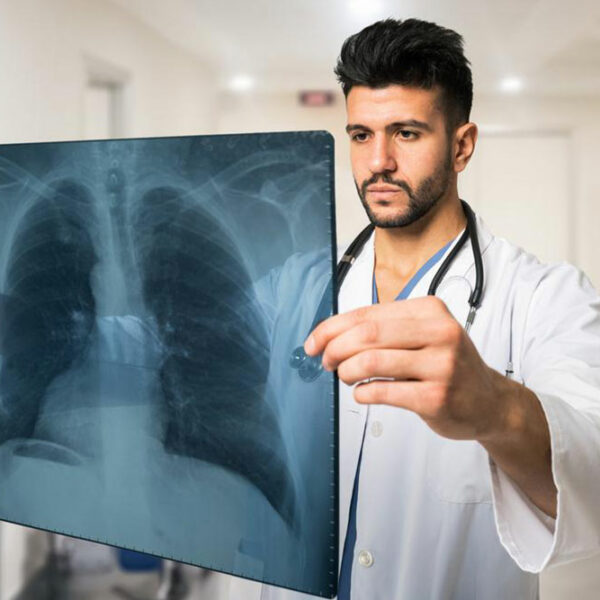
Protect your lungs from pulmonary embolism
Pulmonary embolism is condition which causes blockage in one of the pulmonary arteries of your lungs. It is caused by blood clots that travel to the lungs from legs or on rare occasions, from other parts of the body. It is a direct effect of DVT, or Deep Vein Thrombosis. The blood clots so formed by DVT blocks the blood flow to the lungs, which can be life threatening. The symptoms of pulmonary embolism can vary greatly. It depends on the involvement of lungs, the size of the clots, and whether the person has an underlying lung or heart disease. Some of the common signs and symptoms of pulmonary embolism include: Shortness of breath: This symptom typically appears suddenly and can get worse with exertion. Chest pain: People experiencing this may feel like they are having a heart attack. Breathing deeply may become more painful and it may turn worse with coughing, eating, bending or even stooping for that matter. Cough: The cough may contain bloody or blood-streaked sputum. Other signs and symptoms that can occur with pulmonary embolism include leg pain or swelling, or both, usually in the calf, cyanosis or discoloration of skin, fever, excessive sweating, irregular heartbeat, light-headedness or dizziness.